Should you get a tankless water heater?
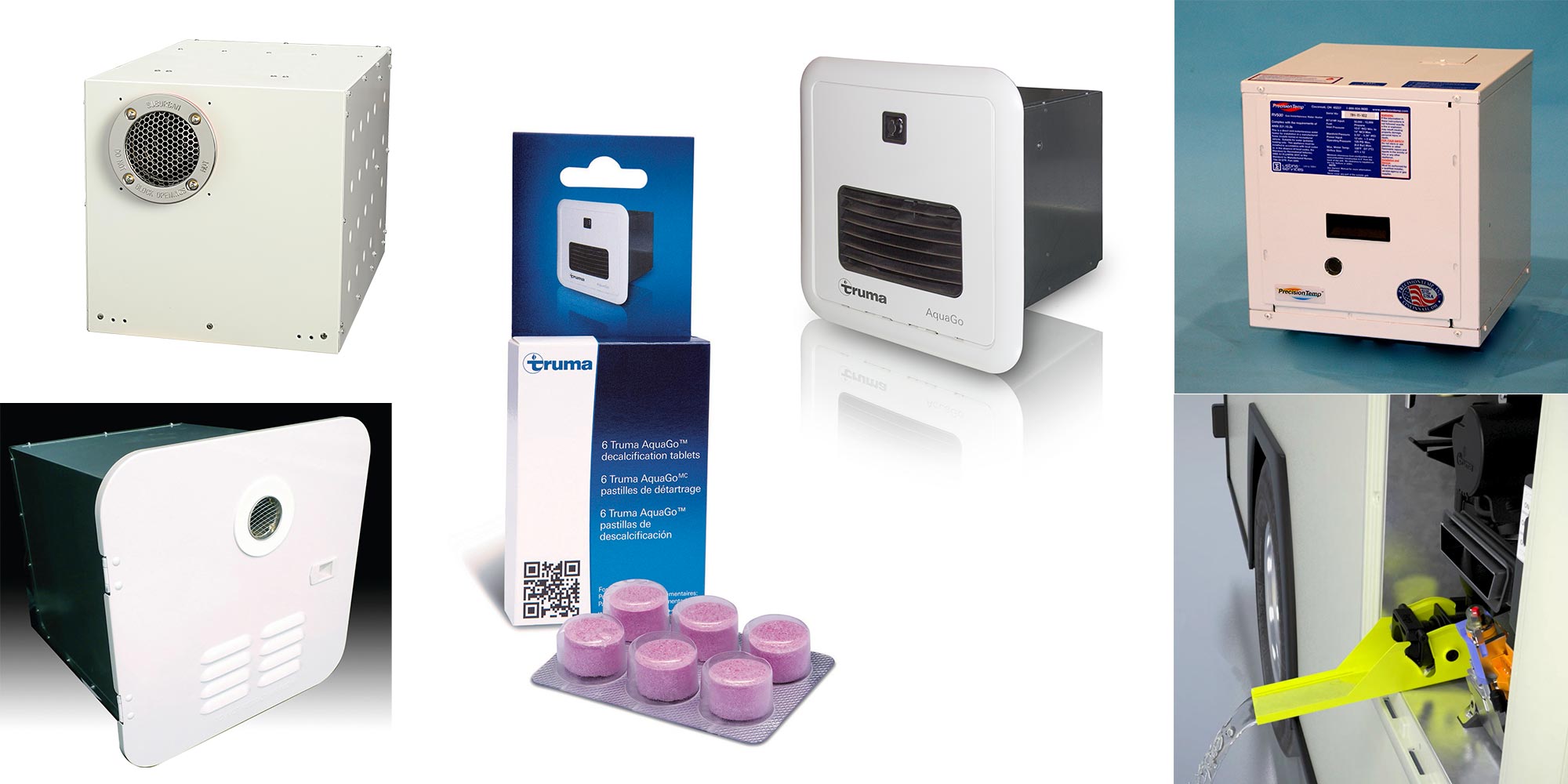
As you’ve likely noticed, however, hot water isn’t endless in an RV. Most have just six gallons to work with, and if your significant other and a line of dirty kids are waiting outside the door, you better get used to soaping and rinsing with about a gallon. RVing veterans have gotten pretty good at water conservation–many may even brag about how little hot water they need for their bathing ritual. But as all other aspects of RV living continue to evolve and improve, the concept of a two-minute shower is hard to sell to the rest of the family.
That’s where “tankless” or on-demand systems shine. By heating the water as it passes through a heat exchanger, these units can provide a limitless supply of hot water with no waiting required, and very few tradeoffs compared to a traditional water heater. They’re about the same weight (when empty; a full 6-gallon water heater adds more than 50 pounds) typically occupy less space, are more efficient. So should you ditch your tank storage water heater for a new tankless model?
That depends on how you live in your RV.
In principle, all tankless systems operate similarly. When a hot water tap is opened, water flows into the system and a sensor detects the amount of water flow. A sensor or microprocessor automatically lights the burner and adjusts the Btu/hour input rate. Water circulates through the heat exchanger to the predetermined temperature–and when the tap is turned off, the burner goes out and the unit shuts down. Sounds simple enough, right?
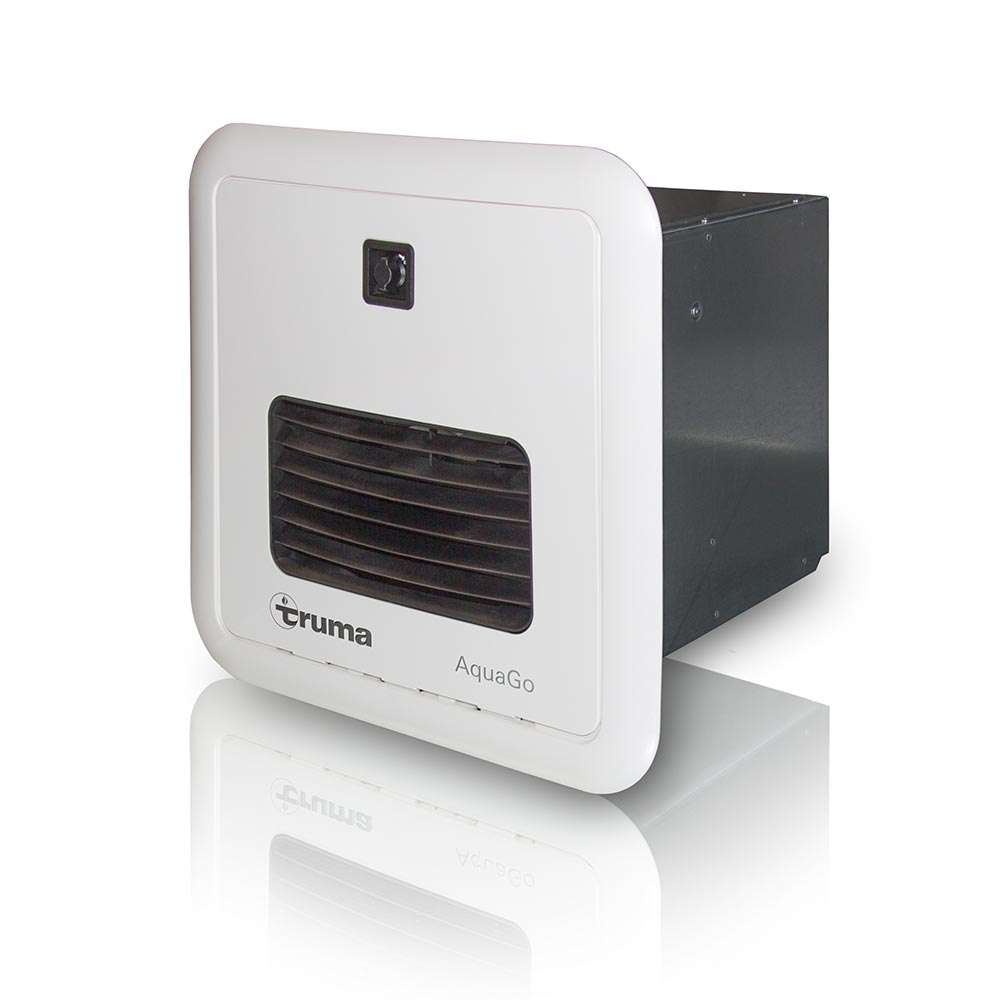
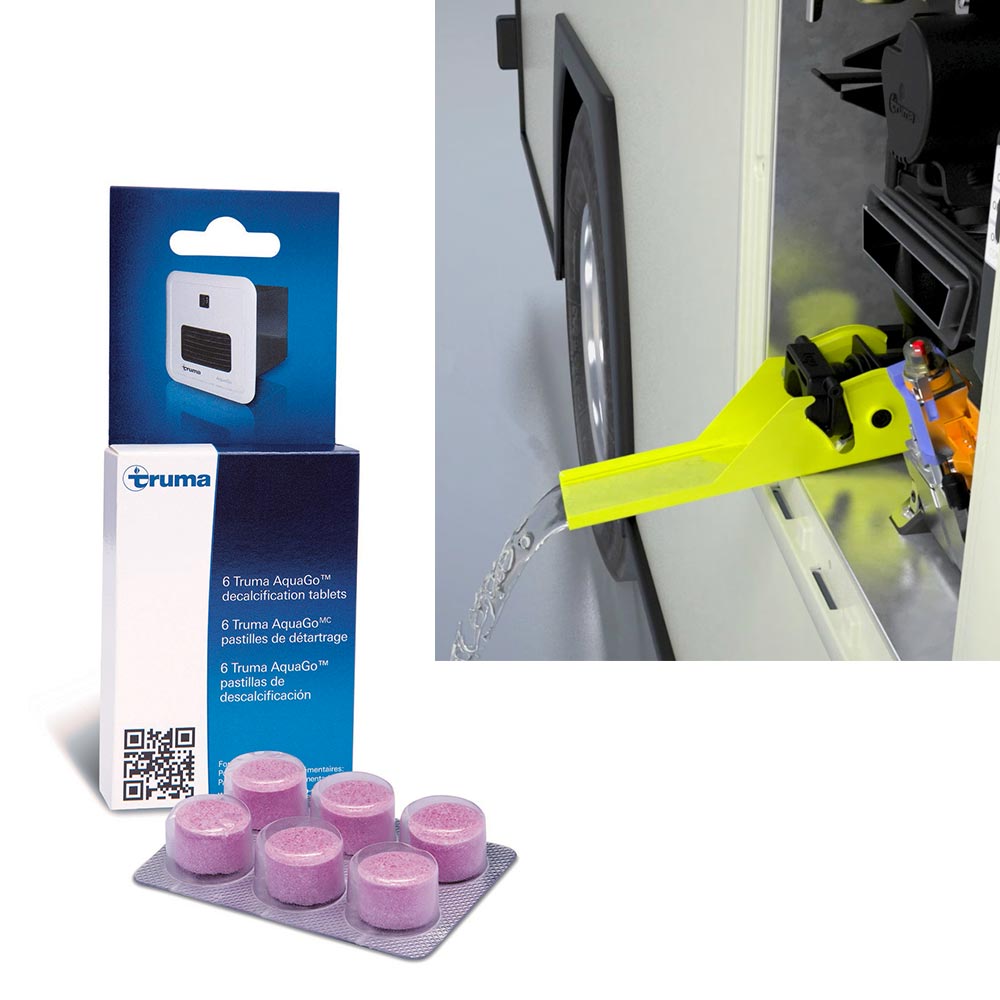
That depends. If you spend most of your time in mild climates, the additional LP-gas required for the tankless system will likely be negligible. On the other hand, if you’re dry camping in frigid temperatures, where you may run your LP-gas fired furnace all day, it’s possible that the addition of a tankless system could impact how long your LP-gas will last, especially if there’s more than two people on board (and they love taking long hot showers).
If you think a tankless system may be a good fit for you and your family, the good news is that tankless/on-demand systems are designed to be retrofitted into an older RV and typically require no more effort to install than a traditional tank storage system. Regardless of their respective configurations, the fact is that they both require water, electrical and propane connections to operate–and each manufacturer offers its own components to make the upgrade as easy as possible.
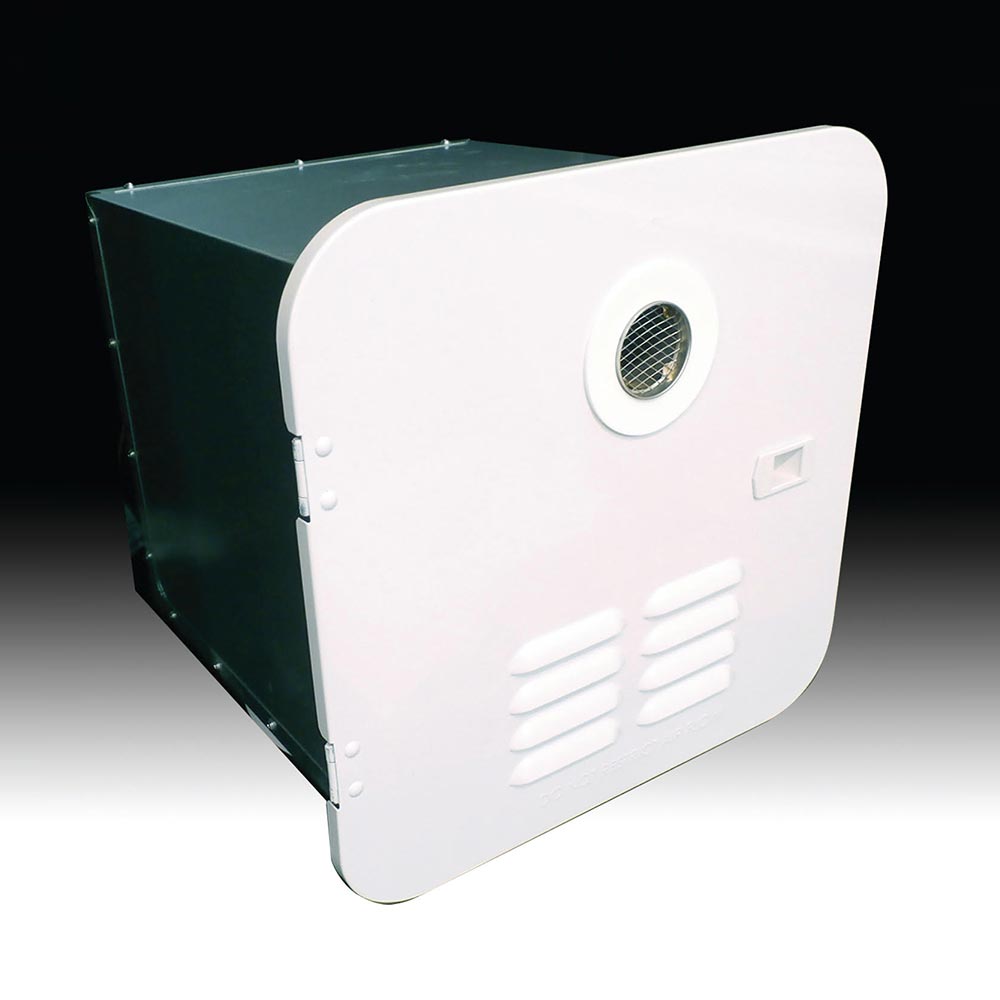
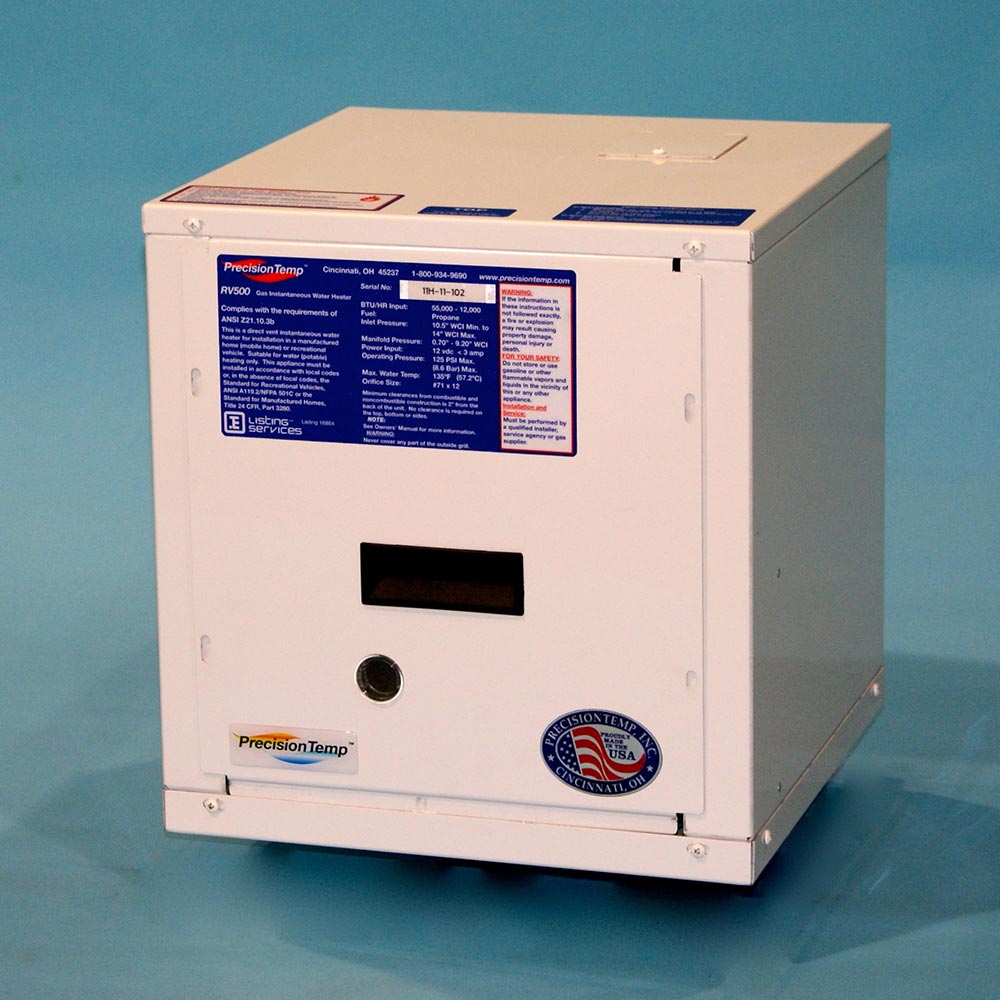
A tankless system will cost more than a traditional tank storage water heater–and of course you’ve got to add installation costs to the budget if you don’t plan to do the job yourself. However, the reward will be an endless supply of hot water–that is, until your water and/or LP-gas run out.
Airxcel/Suburban Manufacturing
423-775-2131
www.airxcel.com
The Girard Group
866-559-1221
www.girardgroupcompanies.com
Precision Temp
800-934-9690
www.precisiontemp.com
Truma Corp
1-855-558-7862
www.truma.net
Already a Subscriber? Click here for Access to the Full Issues.

